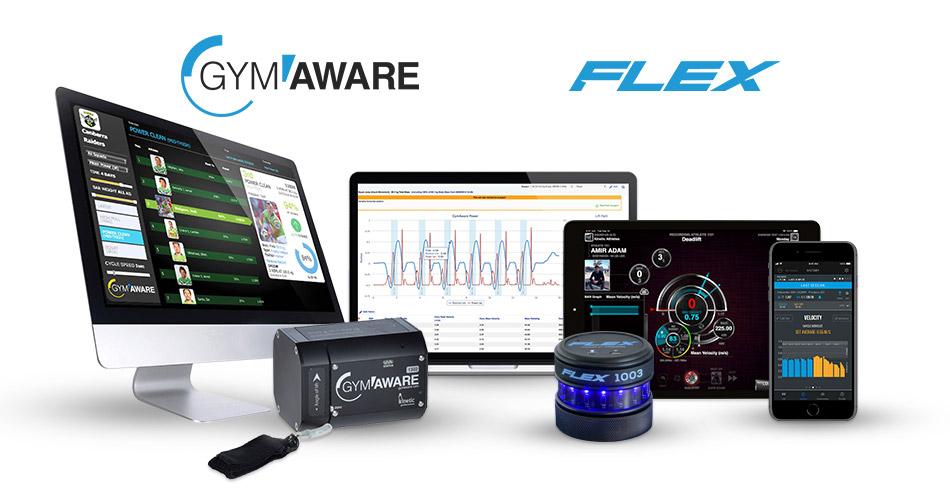Researched Applications of Velocity Based Strength Training – Paper
This is a paper written by yours truly and Eamonn Flanagan last year on the topic of VBT (Velocity Based Training).
Most of the topics were covered and expanded in the series/experimentations: “How to Create Individualized Exercise Profile in Strength Training?“, but this one is written more as a scientific review paper (which it is) and it covers some ready to use formulas in Excel, along with used literature/references.
If you are interested in velocity based strength training, make sure to check out the following posts and follow the hashtag on Twitter.
The data is collected using GymAware, the best LPT on the market today.

Abstract
Strength training is a critical exercise stimulus for inducing changes in muscular strength, size and power (6). Recently, linear position transducers have gained in popularity as a means to monitor velocity in strength training exercises. The measurement error of such devices has been shown to be low and both relative and absolute reliability have been shown to be acceptable (2, 7, 11). The purpose of this article is to provide the overview and benefits of monitoring movement velocity in strength training exercises, along with providing the basis for novel “velocity-based” strength training prescription. We have covered the following practical applications: Guidelines to develop a velocity/load profile for athletes; Using the velocity load/profile to predict and monitor changes to maximal strength; Using velocity monitoring to control fatigue effects of strength training; Using velocity monitoring as an immediate performance feedback to promote the highest level of effort in specific training exercises and stronger adaptive stimuli. Linear position transducers are reliable and valid tools to help strength and conditioning practitioners monitor and optimize their strength training programs.
Introduction
Strength training is a critical exercise stimulus for inducing changes in muscular strength, size and power (6).Traditionally, several acute training variables have been identified and utilized for strength training program design and prescription: exercise type and order, intensity or load, number of repetitions and sets, and rests between sets (10, 18). Manipulation of these variables shapes the magnitude and type of physiological responses and, ultimately, the adaptations to strength training (6, 10, 18). Exercise intensity or load is generally acknowledged as the most important stimulus related to changes in strength levels and has been commonly identified with relative load (percentage of one-repetition maximum, % of 1RM) (6, 10). This approach, named “traditional” or “percent-based” in the current article, requires coaches to individually assess the 1RM values for each athlete and each core exercise utilized in the training program. In practice this is usually done by direct 1RM assessment, or performing reps to failure with submaximal loads. With the former method, coaches and athletes utilize various established tables (repetition maximum continuum) to estimate 1RM from the load and number of reps being performed.
When 1RMs for each athlete’s core exercises are known, coaches proceed with training program design utilizing percent-based prescription. This traditional approach in strength training prescription revolves around prescribing relative loads (% of 1RMs) and utilizing established 1RMs to calculate the absolute weight that needs to be lifted for a given number of reps and sets.
This traditional approach has multiple shortcomings in practical settings. Direct assessment of 1RM may be associated with injury when performed incorrectly or by novice athletes and it is time consuming and impractical for large groups (10). Furthermore, the actual 1RM can change quite rapidly after only a few training sessions, especially with novice athletes, and often the obtained values are not the athletes’ true maximum (10). This also involve changes in day-to-day readiness that are caused by a normal biological variability, training related fatigue or life-style factors, like sleep, stress and nutrition. Utilizing 1RMs that were estimated before the training program commenced will not take this into account. Additionally, changes in 1RM might not reflect the whole changes taking places along the load/velocity continuum. Hence, it is important for coaches and researches to monitor and report changes in load/velocity profiles alongside changes in 1RM values.
The aforementioned limitations suggest trying to find better ways to objectively monitor training load during resistance exercise (10). Movement velocity is another variable which should be of interest for monitoring exercise intensity but it has been vaguely mentioned in most studies (10). The lack of use of this variable is likely because until recently it was not possible to accurately measure velocity in typical strength training exercises (10).
Therefore, the purpose of this article is to provide the overview and benefits of monitoring movement velocity in strength training exercises, along with providing the basis for novel “velocity-based” strength training prescription.











Responses